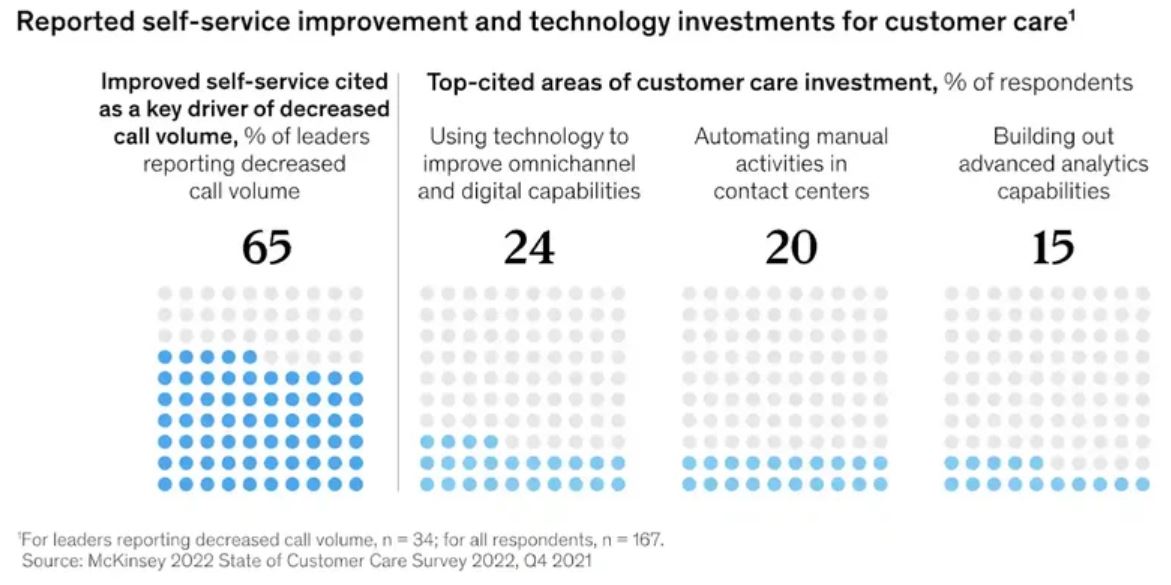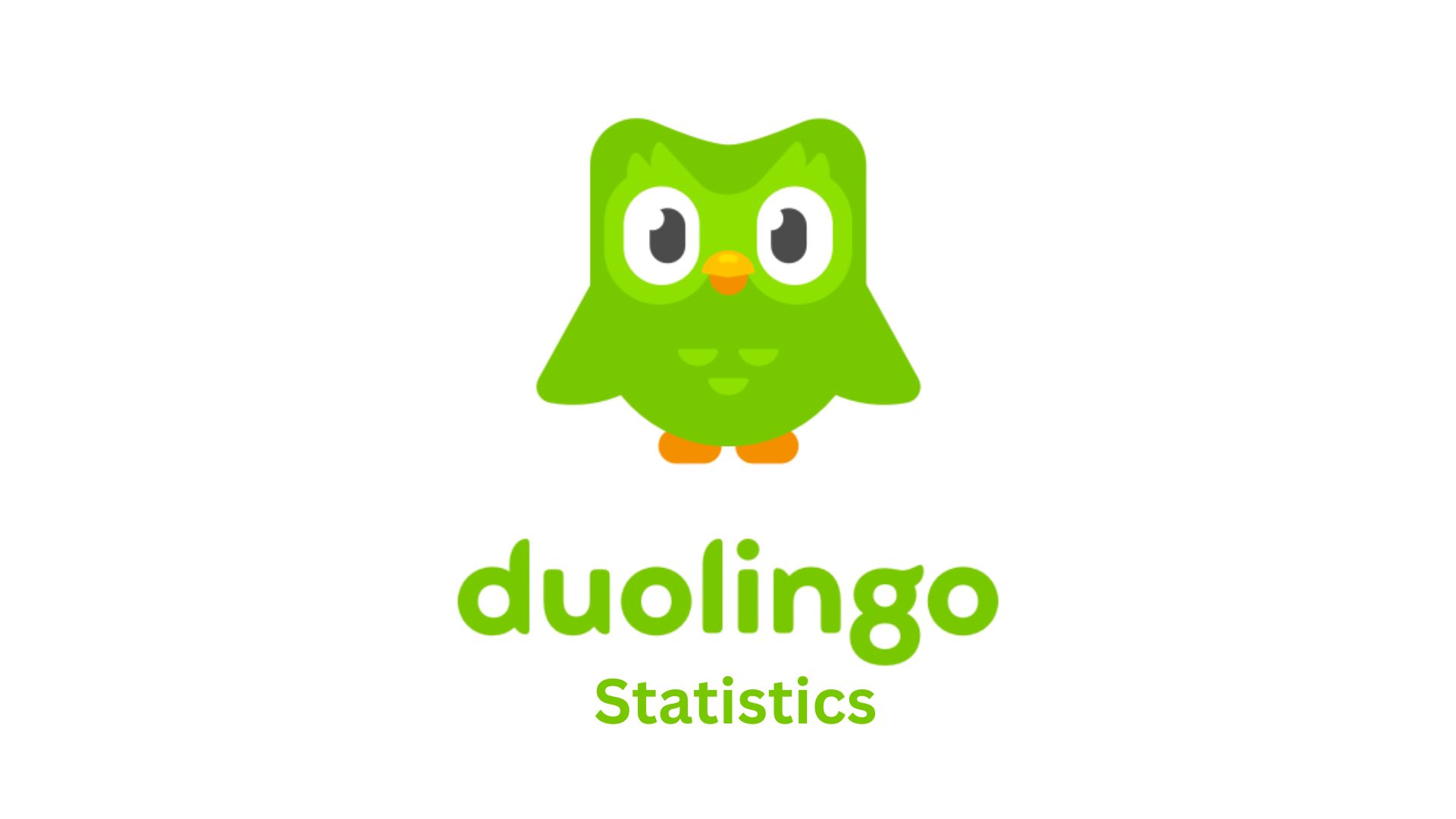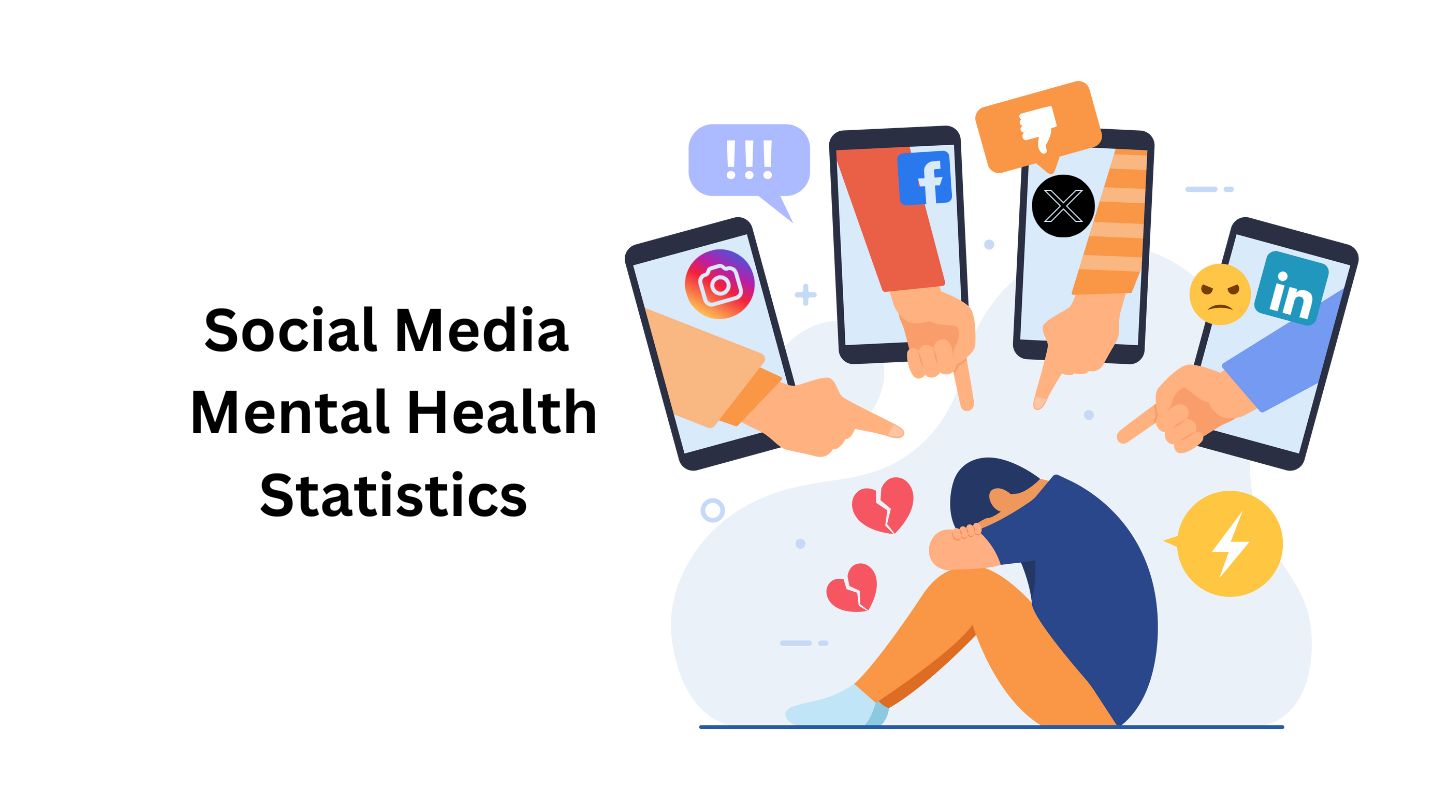Customer Onboarding Statistics By User Education And Industry (2025)
Updated · Jul 02, 2025

Table of Contents
Introduction
Customer Onboarding Statistics: Customer onboarding is the process that serves to introduce new customers to the products or services of a company. The better the onboarding experience is executed, the more it increases product adoption, decreases churn, and fosters long-term loyalty.
In 2024, from investment in customer success and customer experience, onboarding had turned into a major touchpoint in the journey of the customer. From SaaS platforms to e-commerce, onboarding has grown to be much more than a mere welcome tour-it has turned into a competitive differentiator.
This article analyses the latest customer onboarding statistics and trends for retention and growth in today’s market.
Editor’s Choice
- 82% of enterprise organisations feel that their onboarding strategy is a key driver of overall business value.
- 63% of customers incorporate the onboarding program in their minds as they consider their purchase of a product or service.
- 55% of the population has returned a product simply because they did not understand how to use it.
- 80% of users uninstall apps due to bad onboarding.
- 97% of companies that have organisations all agree: Successful user onboarding is critical to product growth.
- 75% of users leave the product if they cannot understand it within a week.
- 86% of customers would stay more loyal if their onboarding had included helpful and educational content.
- 68% are willing to watch a video for onboarding if it is one minute or less.
- About 58% of customers indeed received a customised onboarding experience that made them feel trust and engagement grow.
- Repeat purchases can be the result of B2B positive service experiences in 62% of cases; in 42% of B2C cases, the scenario is similar.
- Real-time communication during onboarding is expected by 64% of consumers and 80% of B2B clients.
- 69% believe that any amount of video content would improve the onboarding experience.
- 75% feel that the end-to-end onboarding experience across all digital and physical touchpoints should be consistent.
Customer Onboarding Value

(Source: hubspot.com)
- According to Precursive, 82% of enterprise organisations regard onboarding as a key contributor towards overall business value.
- Wyzowl emphasises the need for clear onboarding when it reports that 55% of people have returned a product because they did not understand how to use it.
- According to McKinsey & Company, organisations saw a required increase in digital encounters by 1.5 times by 2024, while 63% of customers consider a company’s onboarding program when deciding on a purchase.
- Zendesk reports that 70% of consumers base their purchase decisions on the quality of customer service.
- Invesp further explains that acquiring new customers can cost five to 25 times more than retaining existing ones, making proper onboarding an investment in both customer satisfaction and cost efficiency.
Importance of In-Product Customer Onboarding For Retention And Growth
- The Valid customer onboarding starts when prospects first engage with the brand; it is the in-product experience that is truly of value.
- Short educational content is a critical piece of that learning journey; 68% of people say that they are willing to watch a video only if it is one minute or shorter, so short instructional videos work well for onboarding.
- On the other hand, if users are not guided properly, the consequences become dire: 80% of users uninstall an app because they simply do not understand how to use it.
- Approximately 86% of consumers say they would be more loyal toward a brand if they were guaranteed that onboarding content would be helpful and provide knowledge post-purchase.
- Listing companies would rank strong user onboarding as the absolute number one need for potential product growth in 97% of cases, emphasising its strategic importance.
- Poor onboarding is the third most common reason for customer churn, behind mismatches between product and customer needs and disengagement, respectively.
- Moreover, 75% of users are likely to give up using a product if, within a week, they cannot figure out how to use it. This means that even if customers show initial interest, underperforming onboarding abdicates so much from user retention and satisfaction.
Customer Onboarding Success Statistics
- Some companies are showing marvellous performances concerning their customer onboarding and are proving how much of an impact a great customer experience can make-whether or not partnered with a dedicated customer success professional.
- 58% of customers feel they are given a personalised experience when they interact with a brand or company.
- Customisation of onboarding and support nurtures trust and engagement from the outset.
- After a nice service interaction, 62% of B2B and 42% of B2C buyers ended up coming back for more purchases.
- Onboarding, thus, is not only teaching users how to get started; it is also generating onboarding business.
- 84% of companies report increased revenues when they emphasize the overall customer experience.
- An increase in revenue is reported by 83% of the enterprises that prioritise customer satisfaction, suggesting an economic payback in investing in user happiness.
- These types of tools attempt to stimulate the functions of the company: by using approaches such as customer journey maps, 15-20% savings can be realised in service costs, meaning that their well-thought-out onboarding is of value to both customers and the business.
- Lastly, early good experiences with an app or product result in a 50% increase in retention. Retention is heavily reliant on first impressions and ease of use; hence, onboarding is where customers are either won or lost in the journey.
Customer Onboarding By User Education
- User education is a vital step during onboarding because not every user comes into your product knowing exactly how to use it.
- Educating users helps customers to achieve their first value moments in the shortest time possible; therefore, user education impacts both satisfaction and retention.
- According to SMScountry, customer onboarding statistics state that 97% of new customers prefer some sort of welcoming and education via video. This medium fosters a better understanding of difficult concepts while providing a scalable, engaging, and modern way of learning.
- On the other hand, ease of use appears to be of paramount significance; customers are more likely to return to websites that provide a smooth user experience, while 50% will outright abandon such sites that fail to do so. This means that the onboarding content and the user interface must be in harmony, through which users go through a seamless journey.
- It is interesting to note that 3 to 40% of users prefer self-service as opposed to human support. Providing resource options such as help centres, tutorials, and FAQs allows them to learn at their own pace and on their own terms.
- Even more astonishing is that there is a 55% chance that a product will be returned just because the customer didn’t know how to use it. This underlines how essential clear, accessible education is — not just for user success, but also for reducing returns and support costs.
Customer Onboarding By Industry

(Reference: userpilot.com)
- The above graph illustrates the percentage-based distribution of the customer onboarding effort across different industries.
- According to Userpilot, Customer onboarding statistics show that the healthcare leads with 20.5%, indicating a serious effort in onboarding processes in this sector, wherein the complexity of healthcare systems and the need for compliance and accuracy would probably be the reason.
- EdTech follows at 15.9%, indicating that smooth onboarding is increasingly demanded in educational technology platforms, which serve widely different user groups, including students, teachers, and administrators.
- The HR industry accounts for 15%, implying that companies consider onboarding in human resource platforms important to smooth employee integration and management.
- AI & ML come in at 14.7%, highlighting how, with the advent of artificial intelligence solutions becoming more commercial, a clear onboarding of such technologies needs to be ensured so that the users fully understand and undertake their proper implementation.
- Last but not least, CRM & Sales for 13.2%, reaffirming the need for effective onboarding in customer relationship management systems for the generation of sales performance and adoption capability.
Customer Onboarding Expectation
- According to UserGuiding, Customer onboarding statistics show that with a little over 90% of customers conceding that companies can do better with their onboarding approach, dissatisfaction is certainly the order of the day.
- In an environment that demands instant gratification, speed has become paramount, with 64% of consumers expecting companies to engage with them instantly, and among the B2B clientele, this expectation increases to 80%.
- Additionally, 69% of users feel that more video content would greatly improve the onboarding process, well in line with a trend favouring engaging visual learning aids.
- Equally important is consistency: 75% of customers expect a smooth and consistent experience across all avenues-whether online, offline, or mobile.
- Lastly, great support is the most important factor driving trust, emphasising that how a company supports its users throughout onboarding plays a cardinal role in shaping long-term relationships.
Conclusion
Customer Onboarding Statistics: In 2024, customer onboarding is no longer a “nice-to-have” has become a strategic business imperative. Companies that dedicate a good chunk of resources to customer onboarding, whether by automated means, individualisation, or superior customer service, are rewarded with solid increases in loyalty, revenue, and satisfaction metrics.
With customer expectations for high-quality service still on the rise and the mounting competitive pressure from all fronts, ensuring a customer onboarding strategy stands at the very forefront of priorities for these companies. Those who do stand to win customers who will remain under lock and key with them for years.
FAQ.
Customer onboarding is very important because it greatly aids the actual product’s adoption, customer satisfaction, and retention. 82% of enterprise companies say that onboarding gave them great value in their businesses, while 63% said that it influences a client’s selection process.
Poor onboarding leads to high churn and product returns. For example, 55% of people have returned a product simply because they didn’t understand how to use it, and 80% of users have uninstalled an app due to confusion during onboarding.
Video is highly effective in onboarding. About 97% of customers prefer video-based onboarding, and 68% are willing to watch a video if it’s one minute or shorter. This makes video an ideal tool for explaining complex features quickly and clearly.
Customers expect real-time, personalised, and consistent onboarding experiences. Over 90% believe companies could improve onboarding, 64% expect real-time interactions (rising to 80% for B2B), and 75% want a seamless experience across all platforms.
Healthcare leads in onboarding efforts with 20.5%, followed by EdTech (15.9%), HR (15%), AI & ML (14.7%), and CRM & Sales (13.2%). These industries prioritise onboarding due to the complexity of their services and the importance of user success.

Joseph D'Souza founded ElectroIQ in 2010 as a personal project to share his insights and experiences with tech gadgets. Over time, it has grown into a well-regarded tech blog, known for its in-depth technology trends, smartphone reviews and app-related statistics.










